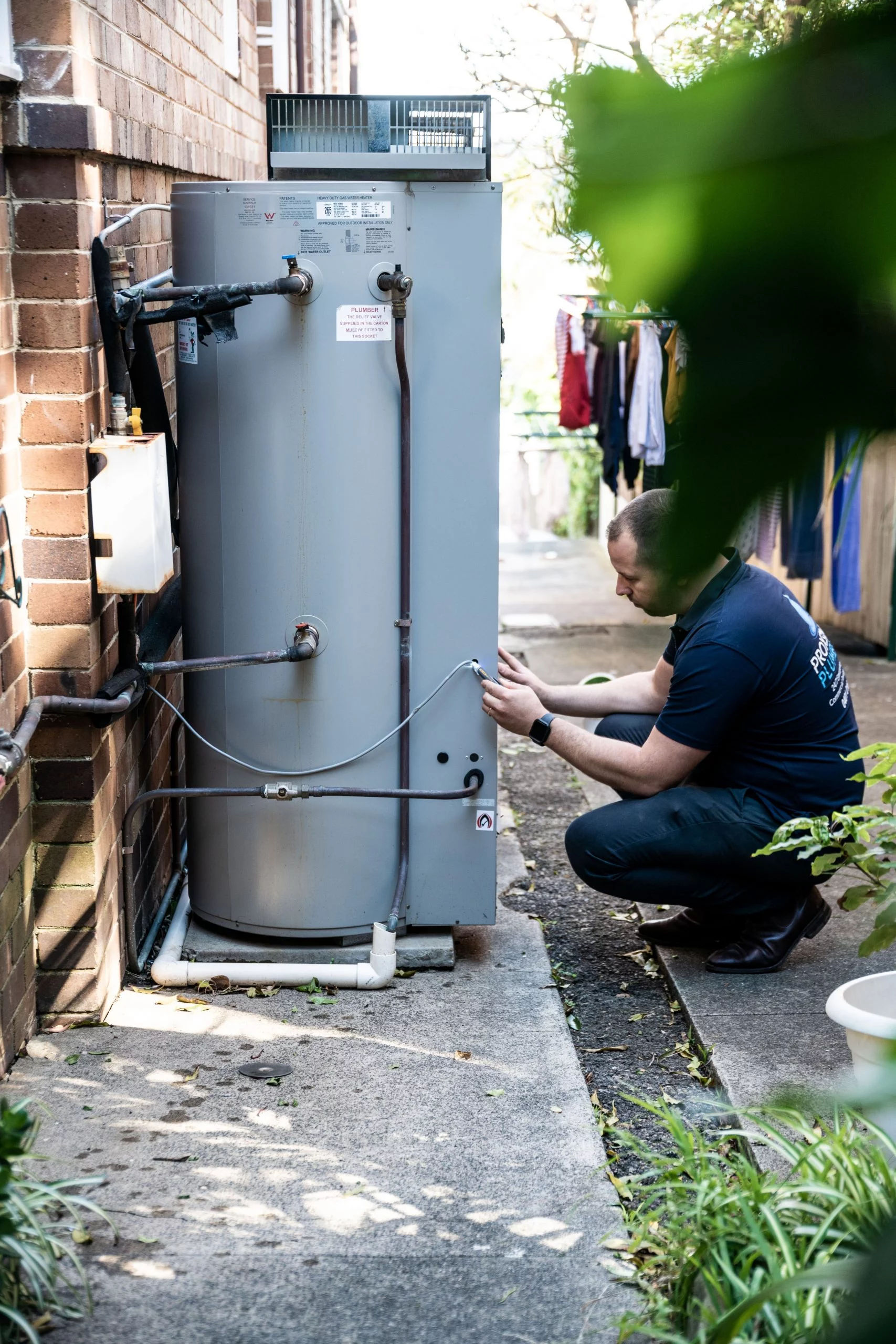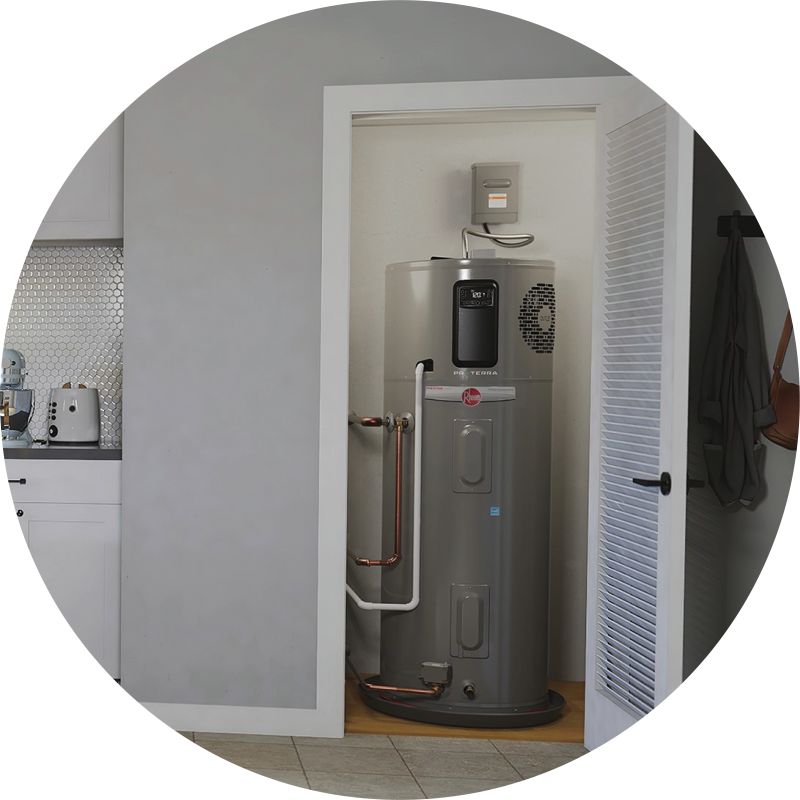Best Practices for Caring for Your Home's Hot Water System
Best Practices for Caring for Your Home's Hot Water System
Blog Article
They are making several great observations on the subject of How to Maintain Your Water Heater & Prolong its Life overall in this article down below.

Hot water is crucial for daily convenience, whether it's for a refreshing shower or cleaning recipes. To ensure your warm water system runs successfully and lasts much longer, routine upkeep is essential. This article offers practical ideas and insights on just how to maintain your home's warm water system to stay clear of interruptions and expensive repairs.
Introduction
Keeping your home's warm water system might seem difficult, yet with a couple of straightforward actions, you can ensure it runs smoothly for several years to find. This guide covers every little thing from understanding your hot water system to do it yourself maintenance tips and understanding when to employ expert assistance.
Importance of Maintaining Your Warm Water System
Routine maintenance not only prolongs the lifespan of your warm water system however also ensures it operates efficiently. Overlooking upkeep can cause decreased effectiveness, greater power costs, and also premature failing of the system.
Indications Your Hot Water System Demands Maintenance
Understanding when your warm water system needs interest can protect against major problems. Keep an eye out for indicators such as irregular water temperature, odd sounds from the heater, or rustic water.
Recognizing Your Hot Water System
Prior to diving into upkeep tasks, it's helpful to comprehend the standard components of your hot water system. Normally, this consists of the hot water heater itself, pipes, anode rods, and temperature controls.
Month-to-month Upkeep Tasks
Routine regular monthly checks can aid capture minor issues before they intensify.
Flushing the Water Heater
Purging your hot water heater gets rid of debris buildup, improving performance and prolonging its life.
Checking and Replacing Anode Rods
Anode rods stop deterioration inside the tank. Evaluating and changing them when worn out is essential.
Checking and Changing Temperature Level Settings
Changing the temperature settings makes sure optimum efficiency and safety.
DIY Tips for Maintenance
You can carry out a number of maintenance tasks yourself to keep your warm water system in leading condition.
Checking for Leaks
Frequently examine pipes and connections for leaks, as these can result in water damage and higher bills.
Testing Stress Alleviation Valves
Checking the pressure safety valve guarantees it operates appropriately and prevents too much stress buildup.
Insulating Pipelines
Protecting hot water pipes decreases warm loss and can save power.
When to Call a Specialist
While DIY maintenance is advantageous, some concerns require expert know-how.
Complicated Concerns Requiring Professional Help
Examples include major leaks, electrical troubles, or if your hot water heater is regularly underperforming.
Routine Expert Maintenance Benefits
Specialist upkeep can include comprehensive inspections, tune-ups, and making certain conformity with safety criteria.
Final thought
Routine maintenance of your home's warm water system is vital for efficiency, long life, and expense financial savings. By complying with these ideas and knowing when to look for professional assistance, you can guarantee a reliable supply of warm water without unexpected disruptions.
How to Maintain an Instant Hot Water Heater
Before tinkering with your hot water heater, make sure that it’s not powered on. You also have to turn off the main circuit breaker and shut off the main gas line to prevent accidents. Also turn off the water valves connected to your unit to prevent water from flowing into and out of the appliance. 2. When you’re done, you have to detach the purge valves’ caps. These look like the letter “T†and are situated on either side of the water valves. Doing so will release any pressure that has accumulated inside the valves while at the same time avoid hot water from shooting out and burning your skin. 3. When the purge valves’ caps are removed, you have to connect your hosing lines to the valves. Your unit should have come with three hoses but if it didn’t, you can purchase these things from any hardware or home repair shops. You can also get them from retail stores that sell water heating systems. Read the user’s manual and follow it to complete this task properly. When the hosing lines are connected, open the purge port’s valves. 4. You should never use harsh chemical cleaners or solutions when cleaning your unit. Make use of white vinegar instead. It should be undiluted and you’ll probably use about 2 gallons. 5. Now flush your water heater. This task should probably take about 40 minutes. We can’t give you specific directions for this because the procedure is carried out depending on the type, model and brand of your heater. With that being said, refer to the user’s manual. 6. When you’re done draining the unit, you have to turn off the purge port valves again. Remove the hosing lines that you earlier installed on each of the water valves. Put the valve caps (purge port) back in their respective places and be very careful so as not to damage the rubber discs that are found inside these caps. 7. Now that everything’s back in place, check your user’s manual again to find out how to reactivate your water heating system. 8. Once it is working, turn one of your hot water faucets on just to let air pass through the heater’s water supply pipes. Leave the tap on until water flows smoothly out of it. https://www.orrplumbing.com/blog/2014/september/how-to-maintain-an-instant-hot-water-heater/

As a keen reader about How to Maintain Your Water Heater & Prolong its Life, I assumed sharing that topic was a great idea. Are you aware of somebody who is truly interested in What Kind of Maintenance Do Water Heaters Need?? Take a moment to share it. Thank you for being here. Come back soon.
Book Instantly Report this page